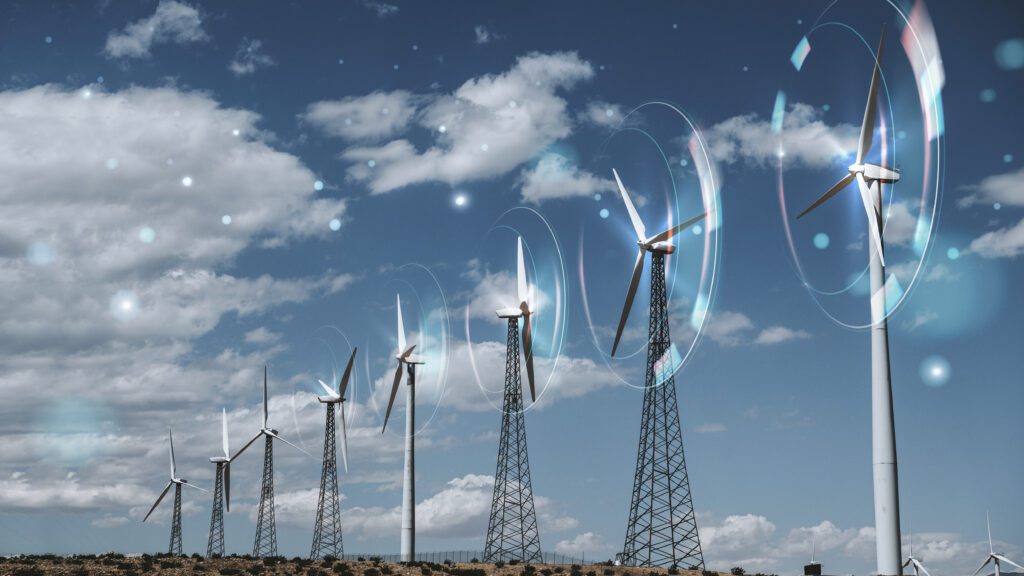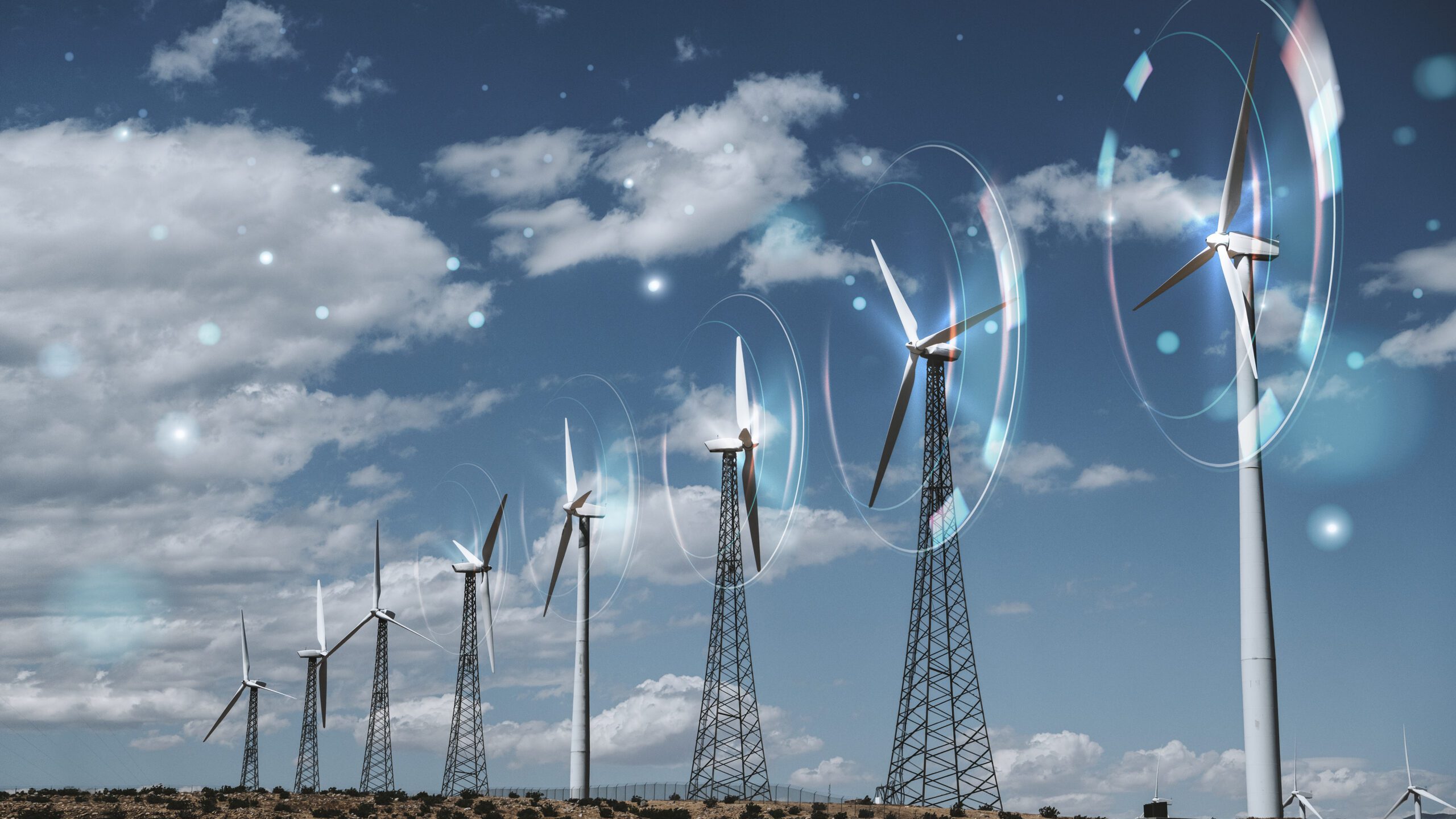The Race for Green Intelligence Across ASEAN
As the world accelerates toward large-scale AI adoption, another issue has become impossible to ignore: sustainability. The data centres powering advanced AI models consume vast amounts of electricity, and the environmental footprint of training and operating these systems is growing quickly. A single next-generation model can use as much energy in a year as hundreds of homes combined a cost that is forcing boards and policymakers to rethink how innovation and responsibility coexist.
Across Asia, governments and enterprises are beginning to address this challenge head-on. Regional strategies now prioritise energy efficiency, renewable integration, and sustainable digital infrastructure as foundations for long-term AI growth. Land- and energy-constrained economies are re-evaluating how to scale computing capacity without overstretching grids or compromising climate goals. Investments in green data centres, energy-aware algorithms, and cross-border renewable-energy exchanges are creating new pathways for sustainable AI development.
For enterprises, the focus is shifting from raw performance to efficiency and transparency. Technology providers are measuring the energy consumption of AI models, while boards are tying sustainability targets directly to digital-transformation KPIs. Many organisations are developing carbon-accounting dashboards and AI-efficiency metrics to ensure that every watt of energy spent delivers tangible business and societal value.
This evolution signals the rise of a new discipline, sustainable AI, which calls on leaders to ask not only what AI can achieve but how it achieves it. The conversation is moving beyond technological capability toward lifecycle responsibility, encompassing data storage, model training, and deployment impacts.
Within ASEAN, Singapore’s experience as an innovation hub provides a reference point for balancing growth with sustainability. By coupling regulatory foresight with cross-border energy collaboration, it demonstrates that environmental stewardship and digital progress can advance together. Other economies are following similar trajectories, exploring regional grids, renewable corridors, and circular-economy models to support intelligent yet sustainable expansion.
Ultimately, sustainable AI represents a board-level imperative, a test of leadership vision and accountability. As Asia’s AI economy grows, the region’s competitiveness will depend on how effectively it manages the trade-off between energy and intelligence. In this new era, success will not be defined by scale alone, but by the ability to innovate responsibly and build resilience for generations to come.







